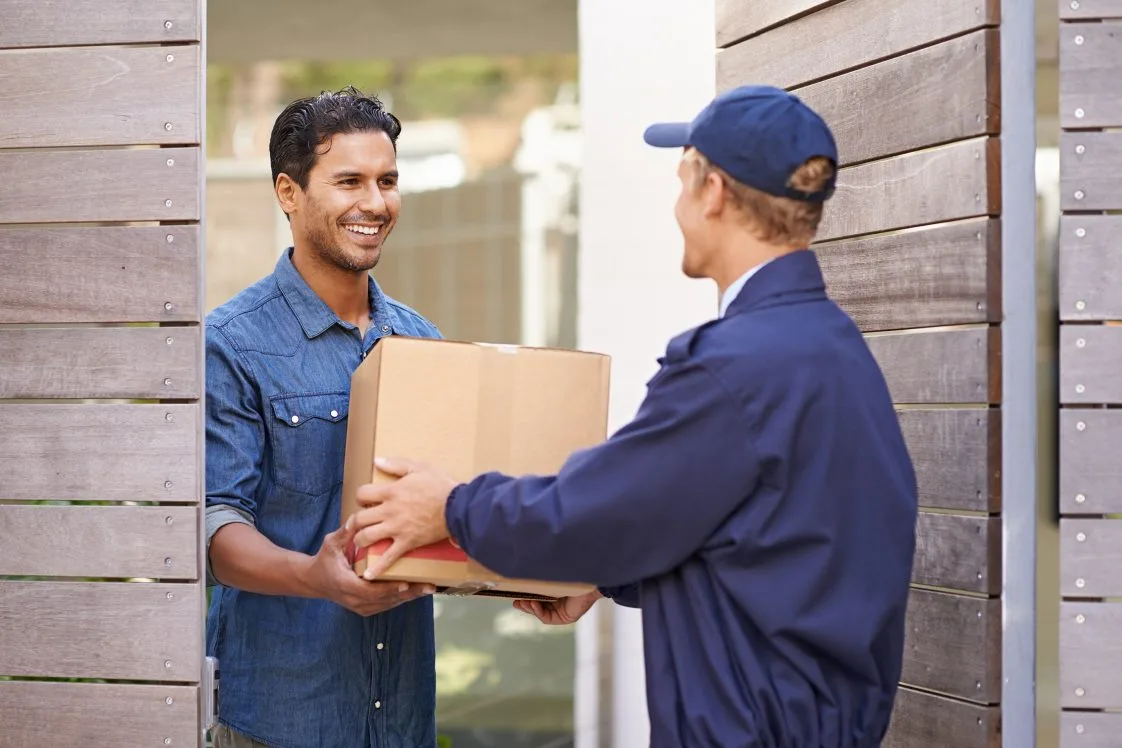These Major Factors Will Impact eCommerce Transportation Management in 2024. Are You Prepared?
There is much to navigate in transportation management this year. Here are some things eCommerce retailers can do to meet their customer expectations.
As eCommerce retailers plan for transportation management in 2024, there are several challenges they need to navigate to continue to provide customers with the inventory and delivery they want.
Ecommerce is expected to continue steady growth throughout the year. The freight industry, however, remains in a prolonged downturn, due to rising costs, impending union strikes on the U.S. East Coast, geopolitical concerns over the Middle East, Red Sea, Suez Canal, and Panama Canals, and a decrease in consumer demand.
Retailers have mostly right-sized their inventories now and are placing fewer orders to be cautious and due to more precise inventory management driven by AI-powered technology. Major logistics providers are seeing a shift as eCommerce priorities move from 2023’s cost, quality, and speed to that of quality and speed over cost. Retailers are quietly optimistic, inspired by the stellar 2023 peak holiday season and settling into pre-pandemic norms.
Meanwhile, the freight industry is bracing for another challenging year, hoping to stay on an even keel while they ride out the tail end of the pandemic impact.
Greater supply and less demand will increase transportation costs, and eCommerce will experience it. The supply side of the supply chain currently has an excess, while the demand is lower than we’ve seen in the last few years. The industry is poised for tight margins this year, for disruptions and longer shipping times.
There is much to navigate in transportation management this year. Here are some things eCommerce retailers can do to meet their customer expectations:
- Be aware that less-than-truckload (LTL) shipping costs are also increasing. Trucking companies are reporting an increase in LTL orders as eCommerce retailers push for inventory to meet customer demands for fast delivery; but trucks that are less than full mean more deliveries and higher costs. Not to mention the environmental impact. If you’re engaging in LTL shipping, consider how you might either ensure every load is full or partner with a third-party logistics (3PL) like Radial to maximize economies of scale.
- Diversify your transportation and logistics partnerships. Consider multiple transportation partners to get inventory to your warehouses or 3PL. Talk to your partners and stay on top of what’s happening in their industry and businesses. Global events impact eCommerce in a myriad of ways and have ripple effects. Stay in communication with your supply chain.
- Right-size your packaging for shipping efficiency. Direct-to-consumer and eCommerce retailers often find that by changing the size of their packaging, they can ship more product and maximize every truckload. Right-size packaging is also part of sustainability, is more cost-effective, and provides a better customer experience. How many of us have had a small product arrive in an oversized box and shook our heads wondering at the waste of it? Don’t be that retailer. Radial works with every retail client to ensure that packaging is appropriately sized and maximizes sustainability and efficiency.
- Get real-time visibility into your supply chain. Better tracking leads to better decisions. The more you can see your orders in real-time across the supply chain, the better you can communicate with partners and your customers. Visibility can enable you to head off problems before they become problems.
- Regionalize your inventory and distribution centers. Keeping inventory closer to your customer base reduces final-mile transportation costs. Consider having warehouses in multiple regions or partnering with a 3PL like Radial that has multiple locations in proximity to your customers. The closer the fulfillment centers are to your customers, the lower the costs and the easier it is to meet fast shipping deadlines.
- Work with a 3PL that has proven experience and expertise. Longevity in the 3PL industry speaks volumes to a provider’s experience, network of industry relationships, expertise, and investment in your success. With 30 years of experience and a workforce with deep industry expertise, Radial can manage transportation for you, juggling all the factors and leveraging the latest in technology and innovation to ensure you keep your customer experience promises from click to delivery.
Radial Transportation Management Supports eCommerce
Radial provides comprehensive transportation solutions that include a network of national and regional parcel carriers, final mile network optimization, and extended holiday cutoff programs that allow you to keep your promises to your customers.
Find out more about Radial Transportation Management.

